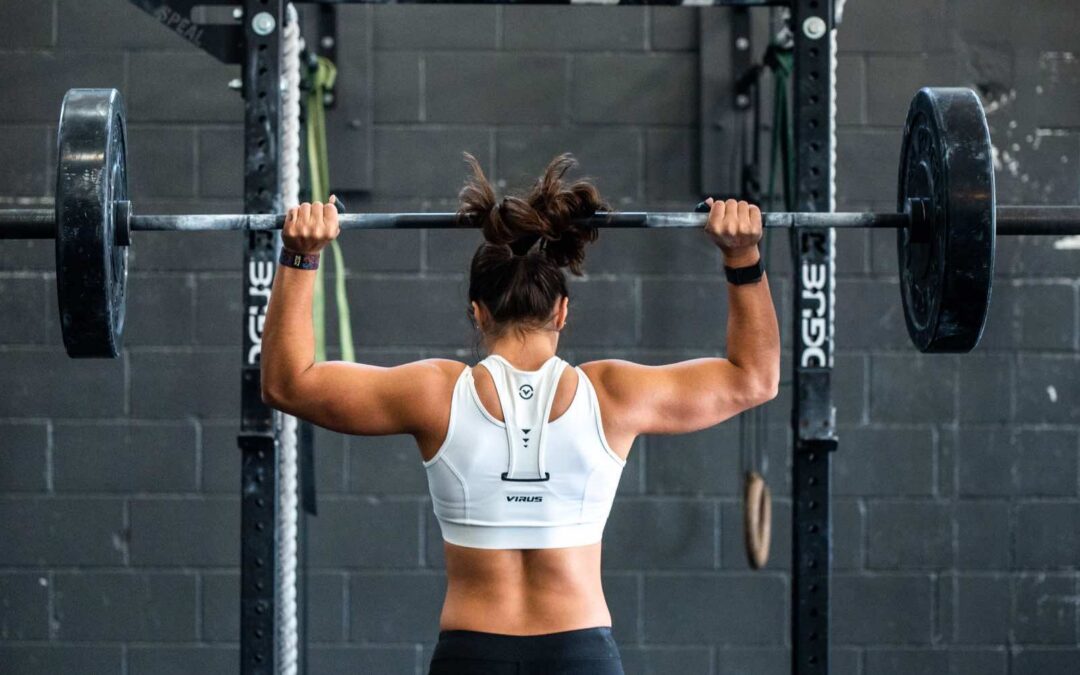As fitness regimes grow diverse and sophisticated, the allure of a well-equipped home gym becomes increasingly undeniable. Yet, the high price tags on brand-new equipment can often deflate aspirations. Enter the world of used fitness equipment—a space where affordability meets functionality, provided you navigate it wisely. Let’s embark on this journey, ensuring both your body and wallet emerge healthier.
The Allure of Used Fitness Gear Stepping into the domain of second-hand fitness equipment isn’t just about saving pennies; it’s about smart investments, sustainability, and customizing your fitness journey.
Unearthing the Best in Used Equipment:
- Research and Reflect: Before diving in, clarify your fitness goals. Investing in a high-end elliptical might be futile if you’re passionate about weightlifting. Understand equipment brands, models, and their market reputation.
- Warranties Work: Even when purchasing used, seek equipment that comes with a remaining warranty. It ensures a safety net should the equipment have unforeseen issues.
- Try Before You Buy: Whenever possible, test the equipment. Ensure it functions smoothly, and there are no hidden damages or irregularities.
- The Age Aspect: Inquire about the equipment’s age. While some machines, like dumbbells, can last decades with minimal wear, electronic equipment like treadmills might have a more limited lifespan.
- Avoiding Obsolescence: Ensure that the model you’re considering isn’t too outdated. Extremely old models might lack modern features, or worse, might have parts that are no longer available for replacements.
- Maintenance Matters: Ask the seller about the maintenance history. Regularly serviced equipment is likely to last longer and function better.
- Customized Kits: One of the perks of buying used is the ability to mix and match. You can create a customized gym setup, selecting pieces from various brands based on your preference.
- Green Gains: Investing in used equipment is an eco-friendly choice. By giving equipment a second life, you’re reducing the demand for new production and curbing environmental impact.
- Negotiation Know-How: Unlike brand-new items, prices for used equipment are often flexible. Arm yourself with market knowledge and be prepared to negotiate.
- Safety First: While wear and tear are expected, ensure there’s no damage that compromises the equipment’s safety. Check for frayed wires, unstable parts, or dysfunctional safety locks.
Conclusion Investing in used fitness equipment can be likened to a treasure hunt. With careful consideration, research, and a dash of patience, you can uncover gems that align perfectly with your fitness goals without breaking the bank. As the adage goes, it’s not about having the best equipment; it’s about making the best use of what you have. By choosing used, you’re not just making a financial decision, but an environmental, personalized, and informed one, paving the way for a fit future in more ways than one.

